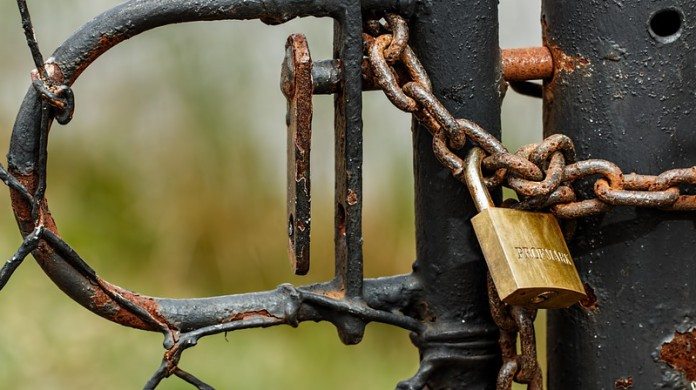
SIBANYE-Stillwater played hardball with the coalition of unions that voted to strike at its gold mines by locking out employees, including members of the Solidarity union.
Solidarity said it had approached the Labour Court for an interdict against the lock out, adding that the gold and platinum group metals miner had lost its “moral compass”.
“This action is thus indicative of why the company is facing an unprecedented second consecutive strike following a previous strike in 2019, which is simply an indication of the company’s poor labour relations,” said Solidarity spokesman Riaan Visser. Solidarity had earlier accepted Sibanye-Stillwater’s revised pay offer.
The onset of a strike comes against a backdrop of inflation globally which will be exacerbated by the doubling of wheat prices and vaulting energy costs as a result of Russia’s invasion of Ukraine.
James Wellsted, spokesman for Sibanye-Stillwater, said the company was acting within its rights. “A certificate of non-resolution was issued by the CCMA [Council for Conciliation, Mediation and Amortisation] enabling the coalition to issue us with a strike certificate. So we can also lock employees out,” he said. “They (unions) chose to negotiate as a coalition.”
The coalition, which consists of the National Union of Mineworkers, the Association of Mineworkers and Construction Union (AMCU), UASA as well as Solidarity rejected Sibanye-Stillwater’s revised pay offer that included a 7% improvement for entry level miners.
The strike in 2019, which was staged by AMCU, endured for about four months but didn’t result in an improved offer. Sibanye-Stillwater believes memories of the strike are still fresh for employees who are largely unenthusiastic regarding today’s down tools.
Union members at the group’s Beatrix gold mine in the Free State voted against a strike whilst AMCU’s decision to move for a new strike was based on a show of hands at Sibanye-Stillwater’s west Rand operations.
Wellsted said that by accepting coalition demands the company would have to accept an unsustainable 11% lift in its cost base – equal to about R1bn in additional costs annually, even as electricity costs increased 15% this year. Electricity accounts for a fifth of Sibanye-Stillwater’s overall costs whilst labour costs are 50% of total.
The firm’s gold mines represented about 7% of earnings before interest, tax, depreciation and amortisation in its 2021 financial year and were cash negative.
The group reported record headline earnings of R36.9bn for the 12 months to December representing a year-on-year increase of 27%. A final dividend of R5.3bn or R1,83 a share, was declared taking the total dividend to R4,79/share or R13.8bn.
The financial performance was driven by its production of platinum group metals from the South African and US mines.
UBS the Swiss bank, said it did not envisage a protracted strike given the “… limited success of previous strike action [and] cumulative strike fatigue”. The principle of ‘no work, no pay’ against the backdrop of the weak economic environment in South Africa would also weaken the resolve of unions, it said.
Sibanye-Stillwater guided to gold production of between 813,000 and 873,000 ounces for the 2022 financial year at an all in sustaining cost of between $1,810 and 1,920/oz.











